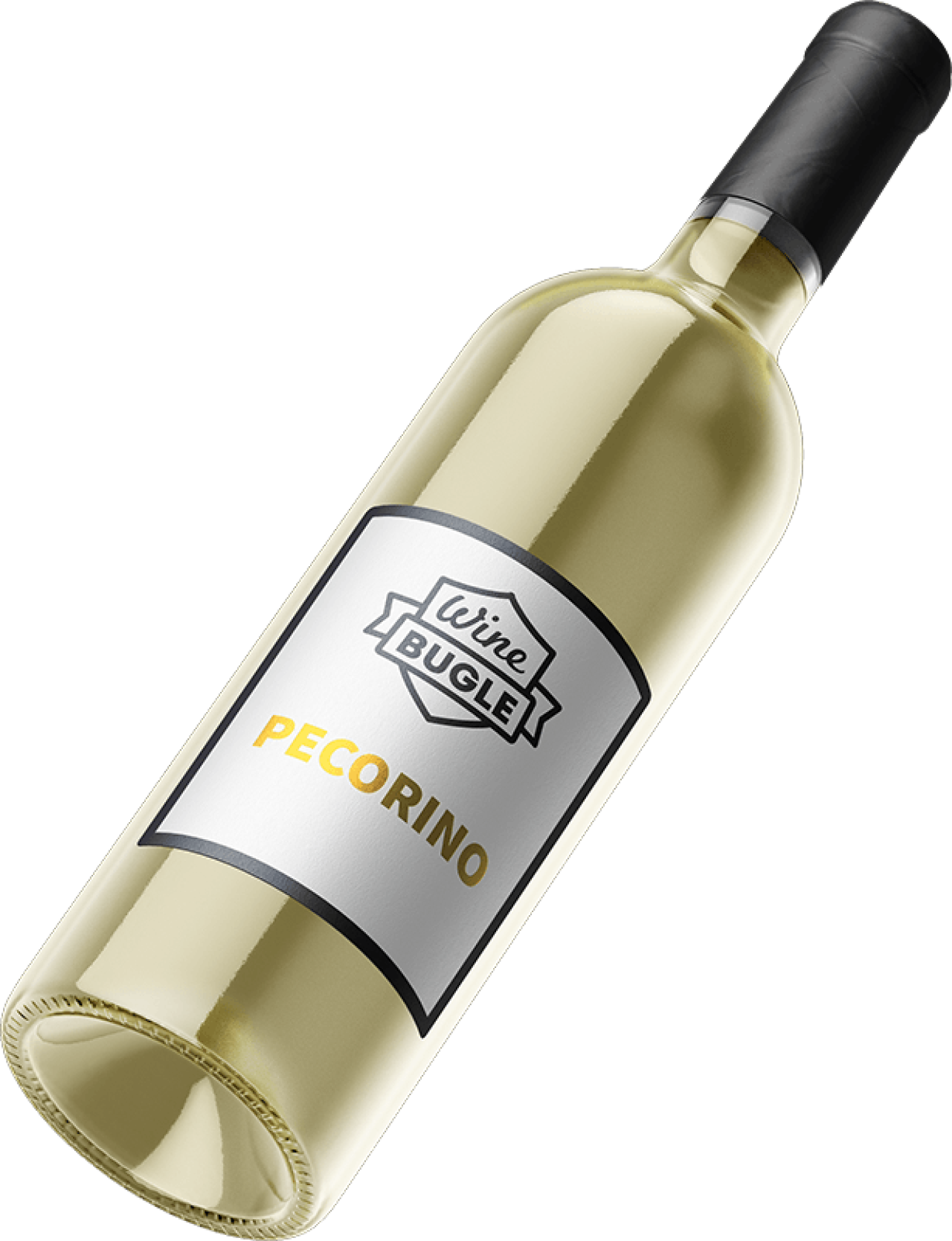Origins of Pecorino
Pecorino is a white grape variety widespread in central Italy and especially in the Adriatic area, producing delicious dry white wines.
It is certainly an indigenous Italian vine and according to recent studies, the vine originates from the area of the Sibillini Mountains, a mountain range between the two regions of Marche and Abruzzo. During the migrations of the shepherds, it then spread southwards, arriving in Abruzzo, where it found favorable conditions to express itself at its best.
The greatest curiosity about this vine and wine concerns the origin of its name. Various hypotheses revolve around it. The most accredited one refers to the fact that the ripening of these grapes coincided with the departure for transhumance, the migration of the flocks. The local winemakers then decided to call their grapes with a name that recalled the sheep.
Pecorino wine
Although the grape variety has been known and widespread in Central Italy for centuries, Pecorino wine was officially registered only in 1970. In recent years it has been strongly revaluated and has gained a great consideration and success among consumers. Despite that, the price has not undergone substantial fluctuations.
Where it is grown
The Pecorino grape is widespread in central Italy and more particularly in the Marche and Abruzzo.
Specifically, this grape loves cool foothills, not too exposed, and where can enjoy significant temperature variations. It is a vine with high sugar content, very expressive, and capable of reflecting the terroir of origin.
The privileged cultivation area extends between the sub-Apennine belt and the hilly one overlooking the Adriatic coast. Here the soils, mainly clayey, calcareous, and gravelly, benefit from the maritime influence, altitude, and cold winds, giving grapes and then wines with distinctive mineral and savory traits.
When grown in these characteristic environments, Pecorino guarantees productions of absolute quality, but rather low yields. This explains why, in the past, many producers have preferred other, more prolific crops. Fortunately, around the eighties of the twentieth century, some winemakers in the area, focusing on the quality of their products, rediscovered this vine, enhancing its cultivation and vinifying it in purity, with exciting results.
Flavor and Style
Pecorino is characterized by an intense minerality and a distinctive acidity. It is a structured and intense wine that can also evolve.
It has a beautiful golden yellow color with greenish hues. The intense aroma is characterized by the presence of balsamic notes of eucalyptus, mint, aromatic herbs, yellow fruit, citrus fruits, and flowers.
The taste on the palate presents notes of ripe yellow pulp fruits (peach in particular), citrus fruits, and an aftertaste of sage. It is round and has a good alcohol content.
Pecorino food pairings
Pecorino is a very food-friendly wine. Despite its distinct characteristics, it is one of the whites that best lends itself to versatile gastronomic combinations, from the classics to the more adventurous.
Pecorino is excellent with first and second courses of fish and crustaceans. It also goes very well with pumpkin Tortelli, ravioli with herbs, cacio e pepe pasta and the classic pasta with pesto. It is the perfect white to accompany mixed appetizers, and summer aperitifs.
The ideal serving temperature for Pecorino is between 10 and 12 degrees.
